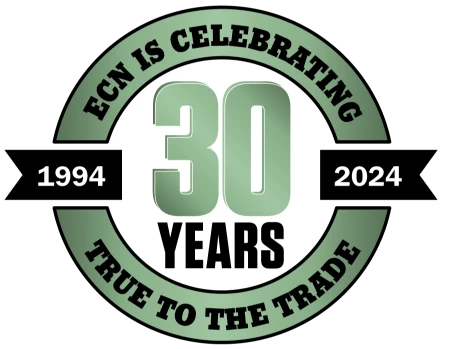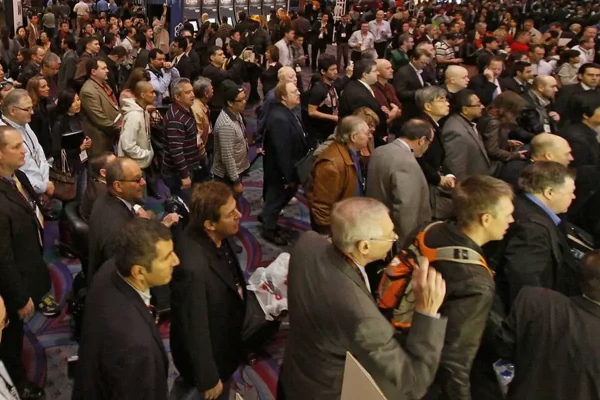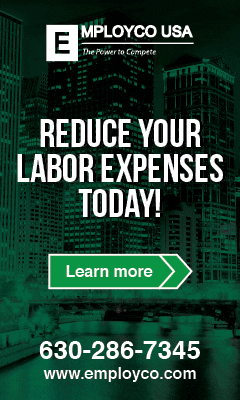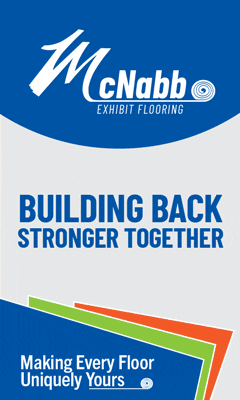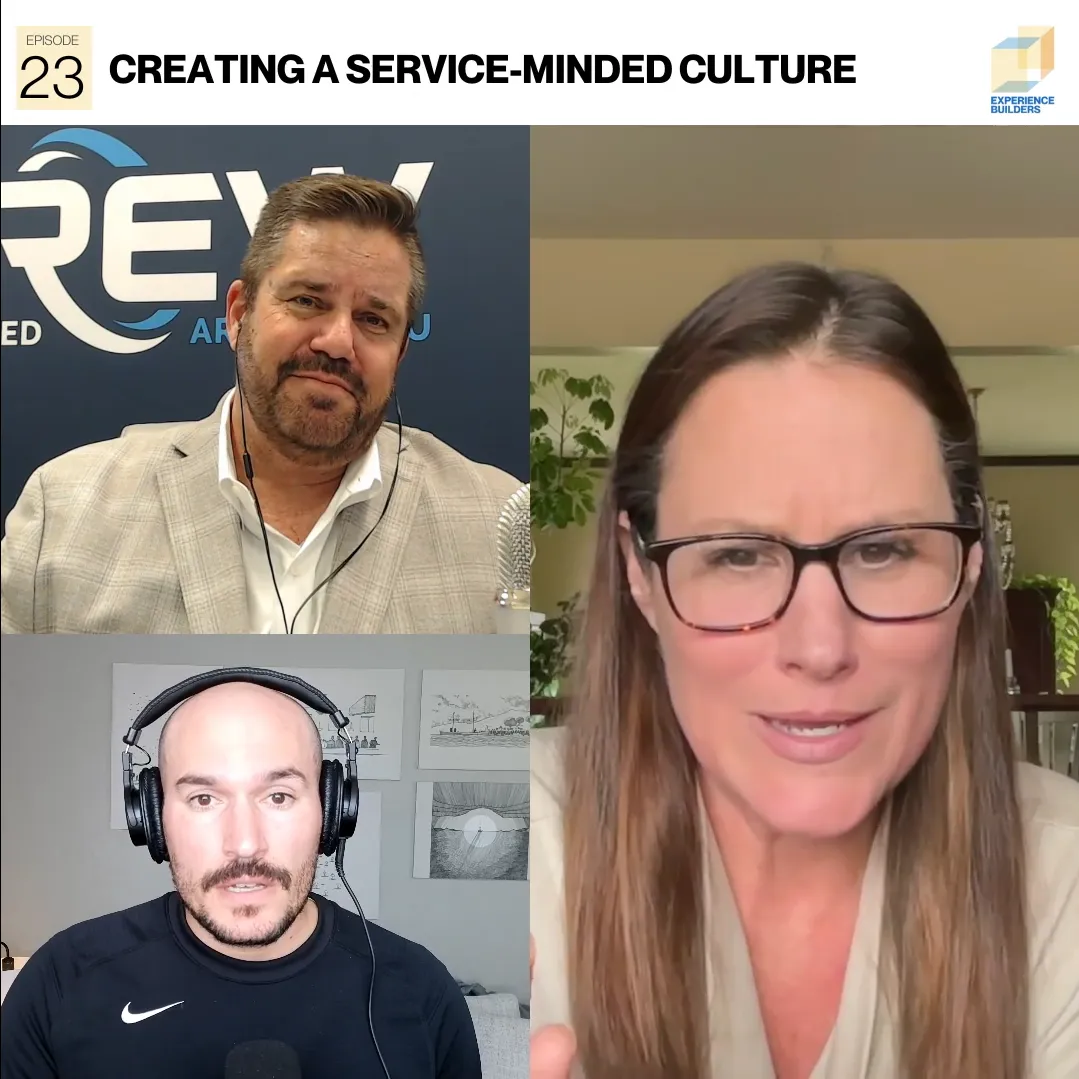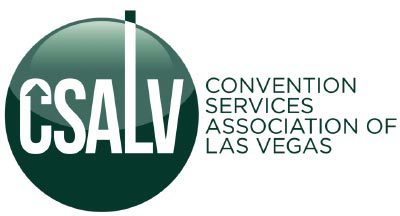by Glenn Hansen
I have spent 15 years in sustainability, writing standards for governments and associations, certifying companies to various sustainability standards, measuring event carbon footprints, and assisting clients with Eco Vadis assessments. A decade ago, eco-friendly supplies were considered expensive. Before COVID-19, supply and demand had balanced out, making sustainability more affordable. After COVID-19, workforce challenges and supply chain disruptions caused prices to increase. Now that the crisis has passed the industry examines how much it really costs to be sustainable.
I sat down with Jason Popp the president and CEO of Moss, Brandie Townsend the sustainability coordinator at Brumark, James Zacharias the president of Brumark, Maria Daza the president of Globotech, and Mel White the vice president of marketing and business development at Classic Exhibits to discuss the cost of susainability.
Their consensus was simple: the belief that sustainability inherently costs more is somewhat of a myth. Behaving in a sustainable manner reduces cost. However, the myth is not completely debunked; exceptions exist. The experts shared their insights.
Townsend noted, “In the mid-2000s, going green meant an extra 10 percent markup. Now, in 2025, sustainable strategies yield products that are cost-neutral or only slightly more expensive.”
Popp agreed. “When you put your mind to it you can roll out more sustainable products that are not premium priced to the traditional offering. Substrates can be more sustainable and priced the same as legacy items allowing clients to be sustainable without paying more.”
Daza said Globotech reduced costs by producing its own fabrics from completely recycled plastic bottles rather than outsourcing. This shift enabled the company to switch to 100 percent recycled material without raising prices.
“This move became a competitive differentiator for us,” he said. “It was not done to charge more, but to grow our business volume. Now, five years later, all our competitors offer recycled fabrics. Everybody has it in their catalog because companies began demanding sustainable solutions. Now, competitors have no choice but to offer them.”
White added, “Printing on sustainable material costs the same as non-sustainable material. Think of LED lighting. Initially it was seen as more expensive, but everyone uses LED lighting today.”
“It is a myth that sustainable products cost more. It was true in the beginning, but the market has to adapt. It is now standard. Having sustainable offerings has normalized,” said Daza.
The Cost of Dabbling
White said companies dabbling in sustainability often charge more for it, as they lack streamlined processes. “If a supplier dabbles in sustainability, the product will probably cost more (as with anything else they dabble in). But if you are working with vendors who have sustainability baked into their process, pricing might be slightly more, but generally considerably less because creating sustainable solutions is not foreign to them.”
Hidden Costs of Waste
Another overlooked cost is waste disposal. Zacharias highlighted that sustainable flooring, for instance, often includes recycling costs, whereas buyers of non-sustainable options don’t account for labor and hauling to landfill fees. If they did, he argued, “sustainable choices would appear only marginally more expensive—if at all.”
White stressed that sustainability isn’t just about price but also durability. “Recycled plastic, for example, is stronger than virgin plastic. Aluminum is a cost-effective sustainable choice due to its multiple reuses, while FSC-certified wood is pricier and less reusable.”
Policy-Driven Pricing
Sustainability costs are often shaped by policies, not just materials. White noted that U.S.-made products typically include warranties and replacement parts, whereas Asian imports are often disposable. Factoring in repairability rather than total replacement alters cost comparisons. He said, “Stop discarding entire systems and starting over. Consider repair costs when purchasing.”
Final Takeaway
Experts urge buyers to look beyond the myth that sustainability is costly and assess the full lifecycle of products. In most cases, sustainable solutions are cost-neutral, slightly higher, or even cheaper. However, factors like tariffs—not sustainability itself—may impact pricing. The key is to evaluate long-term value, not just upfront costs.
This story originally appeared in the Q2 2025 issue of Exhibit City News, p. 80. For original layout, visit https://issuu.com/exhibitcitynews/docs/exhibit_city_news_-_apr_may_jun_2025/80.




